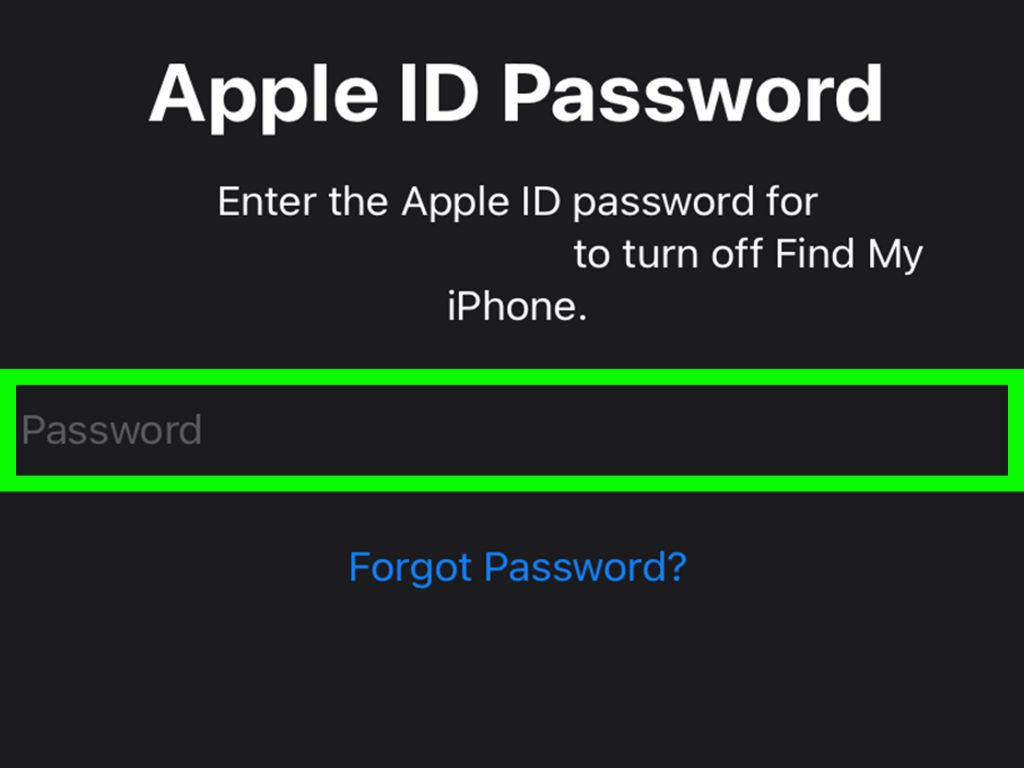iPhones are designed to be secure devices that protect the user’s personal information and privacy. While no system is completely impenetrable, Apple has implemented various security measures to make it very difficult for someone to bypass the lock screen password and gain unauthorized access to an iPhone.
iPhone Passcodes
The primary way an iPhone is secured is through a passcode. Modern iPhones require the user sets a passcode, which must be entered to unlock the device. This passcode can range from 4 to 6 digits if using a numeric passcode, or can be an alphanumeric password of any length if configured that way. The minimum 4 digit passcode provides 10,000 potential combinations, while a 6 digit passcode increases that exponentially to one million possibilities. Using a longer, more complex alphanumeric passcode improves security further.
In addition to setting a strong passcode, users are encouraged to configure their iPhone to auto-lock after a short period of inactivity. This means the iPhone automatically locks and requires passcode re-entry if it’s idle for 1-5 minutes (the delay can be configured). This prevents unauthorized access if the phone is left unattended.
Encryption
All iPhones use encryption to protect data at rest when the device is locked. Modern iPhones use hardware encryption built into the device’s processor chip. This means when the iPhone locks, the encryption keys are removed from memory and all data on the device instantly becomes inaccessible until the passcode is correctly entered again. This protects against bypassing the lock screen via hacking techniques that access internal memory.
Preventing Passcode Bypass
There are a few techniques that might allow someone to bypass or reset an iPhone’s passcode without having the proper passcode to unlock the device normally:
- Connecting the iPhone to a computer it trusts and using password reset tools to erase the device and remove the passcode. This generally requires having access to the trusted computer the phone has previously been connected to.
- Exploiting software vulnerabilities to jailbreak the iPhone and gain access to the file system. However, Apple rapidly patches any known iOS security flaws of this type.
- Using fingerprints or face authentication instead of the passcode. So it’s important to use a passcode and disable alternate biometric unlock methods if security is a priority.
- Guessing or brute forcing the passcode – though this becomes near impossible with longer/complex passcodes due to the high number of potential combinations.
Therefore, the best practices for preventing iPhone passcode bypass include:
- Using a strong alphanumeric passcode of at least 8 characters, with uppercase, lowercase, numbers and symbols.
- Disabling alternate unlock methods like fingerprints or face recognition.
- Keeping the iPhone up to date with the latest iOS version to patch security issues.
- Avoid connecting the iPhone to untrusted computers.
- Enabling auto-lock with a timeout of 1-5 minutes of inactivity.
- Turning on encryption and secure wipe if the passcode is entered wrong 10 times.
Following these best practices makes it extremely difficult for someone to bypass the iPhone passcode without significant effort, advanced hacking skills, and access to specialized tools.
Forgotten Passcodes
If the authorized iPhone owner forgets their passcode, the only option is to erase the device which removes the passcode. This can be done by:
- Connecting the iPhone to a trusted computer and using iTunes to restore and erase the device.
- Entering the wrong passcode 10 times, which will trigger automatic erase on iPhones with modern iOS versions.
- Using Apple’s iCloud website to remotely erase the lost iPhone if Find My iPhone was enabled.
The downside is erasing the device also deletes all of its contents and data. So the owner will lose all photos, messages, app data etc stored on the iPhone. There is no way to remove the passcode while retaining the data on a locked iPhone.
Third Party Passcode Bypass Claims
There are many third party companies and tools that claim they can bypass or remove the passcode on any iPhone, often citing they use specialized software or undisclosed security flaws. However, in most cases these claims are exaggerated or outright fraudulent. There is no reliable third party service that can remove the passcode from a locked iPhone without erasing it in the process.
Generally these third party services rely on the same process of erasing and factory resetting the iPhone to remove the passcode, which also deletes all data on the device. Or they charge fees without actually providing any practical way to bypass modern iPhone security features.
Legal Issues
It’s also important to note that in most jurisdictions, attempting to access a locked iPhone belonging to someone else without their consent is illegal. Exceptions sometimes apply in the case of parents wanting access to a child’s device. But in general hacking, bypassing or resetting an iPhone lock without permission from the owner raises both ethical and legal issues. The only case where it could be justifiable is for the iPhone owner themselves if they forget their own passcode.
Conclusion
While no security is flawless, Apple has implemented rigorous protections to make bypassing an iPhone lock screen passcode very difficult. For most users, the only way to gain access to a locked iPhone is to erase and reset it with the passcode removed, resulting in data loss. Claims that third parties can reliably bypass iPhone passcodes often prove untrustworthy. Using strong passcodes and enabling encryption remains the most effective way for iPhone users to protect their device and data.

